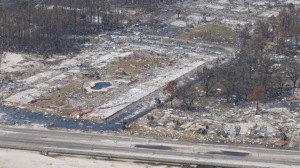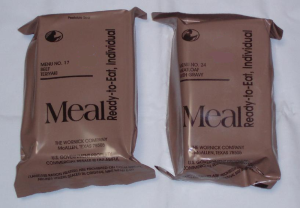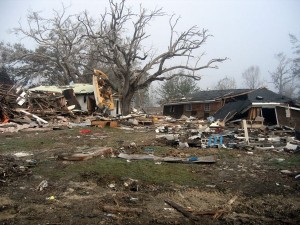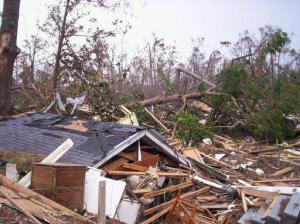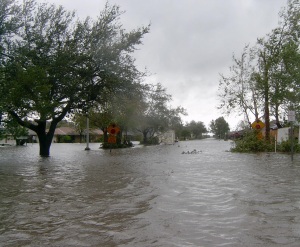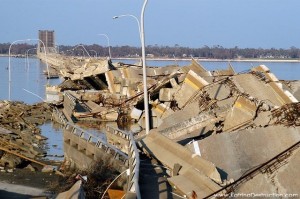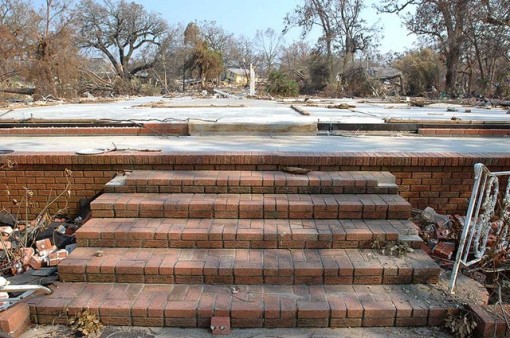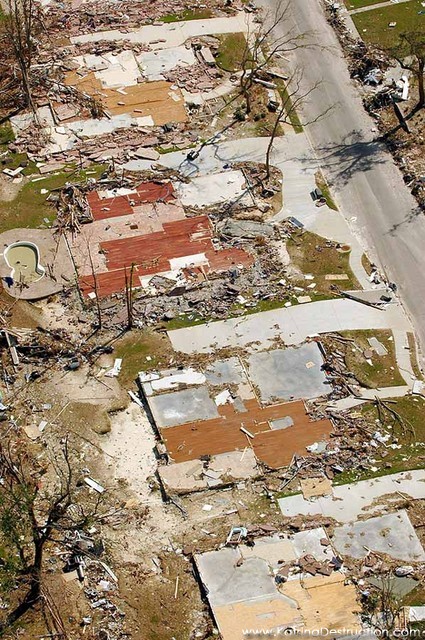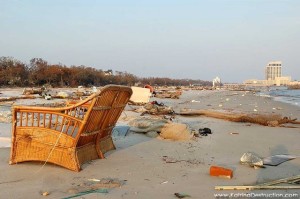Communism is a socioeconomic structure and political ideology that promotes the establishment of an egalitarian, classless, stateless, society based on common ownership and control of the means of production and property in general. Karl Marx posited that communism would be the final stage in human society, which would be achieved through a proletarian revolution and only becoming possible after a socialist stage develops the productive forces, leading to a superabundance of goods and services. “Pure communism” in the Marxian sense refers to a classless, stateless and oppression-free society where decisions on what to produce and what policies to pursue are made democratically, allowing every member of society to participate in the decision making process in both the political and the economic spheres of life. In modern usage, communism is often used to refer to Bolshevism or Marxism-Leninism and the policies of various communist states which had government ownership of all the means of production and centrally planned economies.
Socialism refers to various theories of economic organization advocating public or direct worker ownership and administration of the means of production and allocation of resources, and a society characterized by equal access to resources for all individuals with a method of compensation based on the amount of labor expended. Most socialists share the view that capitalism unfairly concentrates power and wealth among a small segment of society that controls capital and derives its wealth through exploration, creates an unequalsociety, does not provide equal opportunities for everyone to maximise their potentialities and does not utilize technology and resources to their maximum potential nor in the interests of the public. Socialism is not a concrete philosophy of fixed doctrine and programme; its branches advocate a degree of social interventionsimand economic rationalization (usually in the form of economic planning), but sometimes oppose each other. A dividing feature of the socialist movement is the split between reformists and revolutionaries on how a socialist economy should be established. Some socialists advocate complete nationalizationof the means of production, distribution, and exchange; others advocate state control of capital within the framework of a market economy. The first socialists predicted a world improved by harnessing technology and combining it with better social organization, and many contemporary socialists share this belief. Early socialist thinkers tended to favor an authentic meritocracy combined with rational social planning, while many modern socialists have a more egalitarian approach. Valdimir Lenin, drawing on Karl Marx’s ideas of “lower” and “upper” stages of socialism, defined “socialism” as a transitional stage between capitalism and communism.
the amount of labor expended. Most socialists share the view that capitalism unfairly concentrates power and wealth among a small segment of society that controls capital and derives its wealth through exploration, creates an unequalsociety, does not provide equal opportunities for everyone to maximise their potentialities and does not utilize technology and resources to their maximum potential nor in the interests of the public. Socialism is not a concrete philosophy of fixed doctrine and programme; its branches advocate a degree of social interventionsimand economic rationalization (usually in the form of economic planning), but sometimes oppose each other. A dividing feature of the socialist movement is the split between reformists and revolutionaries on how a socialist economy should be established. Some socialists advocate complete nationalizationof the means of production, distribution, and exchange; others advocate state control of capital within the framework of a market economy. The first socialists predicted a world improved by harnessing technology and combining it with better social organization, and many contemporary socialists share this belief. Early socialist thinkers tended to favor an authentic meritocracy combined with rational social planning, while many modern socialists have a more egalitarian approach. Valdimir Lenin, drawing on Karl Marx’s ideas of “lower” and “upper” stages of socialism, defined “socialism” as a transitional stage between capitalism and communism.
Capitalism is an economic and social system in which capital, the non-labor factors of production, is privately controlled; labor, goods and  capital are traded in markets; and profits distributed to owners or invested in technologies and industries. There is no consensus on capitalism nor how it should be used as an analytical category. There are a variety of historical cases over which it is applied, varying in time, geography, politics and culture. Economists and historians have taken different perspectives on the analysis of capitalism. Scholars in the social sciences, including historians, economic sociologists, economists, anthropologists and philosophers have debated over how to define capitalism, however there is little controversy that private ownership of the means of production, creation of goods or services for profit in a market, and prices and wages are elements of capitalism. Economists usually put emphasis on the marketmechanism, degree of government control over markets, and property rights, while most political economists emphasize private property, power, relations, wage labor, and class. The extent to which different markets are “free”, as well as the rules determining what may and may not be private property, is a matter of politics and policy and many states have what are termed “mixed economies”.
capital are traded in markets; and profits distributed to owners or invested in technologies and industries. There is no consensus on capitalism nor how it should be used as an analytical category. There are a variety of historical cases over which it is applied, varying in time, geography, politics and culture. Economists and historians have taken different perspectives on the analysis of capitalism. Scholars in the social sciences, including historians, economic sociologists, economists, anthropologists and philosophers have debated over how to define capitalism, however there is little controversy that private ownership of the means of production, creation of goods or services for profit in a market, and prices and wages are elements of capitalism. Economists usually put emphasis on the marketmechanism, degree of government control over markets, and property rights, while most political economists emphasize private property, power, relations, wage labor, and class. The extent to which different markets are “free”, as well as the rules determining what may and may not be private property, is a matter of politics and policy and many states have what are termed “mixed economies”.
Corporatism is related to the sociological concept of structural functionalism. Corporate social interaction is common within related groups. Corporatism, also known as corporativism, is a system of economic, political, or social organization that views a community as a body. Formal corporatist models are based upon the contract of corporate groups such as agricultural, business, ethnic, military, scientific, or religious affiliations, into a collective body. One of the most prominent forms of corporatism is economic triparism involving negotiations between business, labour, and state interest groups to set economic policy. In contemporary usage, “corporatism” is often incorrectly used as a pejorative term against the domination of politics by the interests of private business corporations; however, such a system would be more accurately described as a form of corporatocracy. Corporatocracy (or corpocracy) is a form of government where corporations/conglomerates and/or government entities with private components, control the direction and governance of a country. Corporatist views of community and social interaction are common in many major world religions and Corporatism has been utilized by many ideologies across the political spectrum including; absolutism, capitalism, socialism, fascism, social democracy, conservatism and liberalism. Meanwhile, the concept of corpocracy allows corporations to provide financial support to competing political parties and major political party candidates. This allows the corporations to hedge their bets on the outcome of an election so that they are assured to have a winner who is indebted to them. As politicians are increasingly dependent on campaign contributions to become elected, their objectiveness on issues which concern corporate interests is compromised.
affiliations, into a collective body. One of the most prominent forms of corporatism is economic triparism involving negotiations between business, labour, and state interest groups to set economic policy. In contemporary usage, “corporatism” is often incorrectly used as a pejorative term against the domination of politics by the interests of private business corporations; however, such a system would be more accurately described as a form of corporatocracy. Corporatocracy (or corpocracy) is a form of government where corporations/conglomerates and/or government entities with private components, control the direction and governance of a country. Corporatist views of community and social interaction are common in many major world religions and Corporatism has been utilized by many ideologies across the political spectrum including; absolutism, capitalism, socialism, fascism, social democracy, conservatism and liberalism. Meanwhile, the concept of corpocracy allows corporations to provide financial support to competing political parties and major political party candidates. This allows the corporations to hedge their bets on the outcome of an election so that they are assured to have a winner who is indebted to them. As politicians are increasingly dependent on campaign contributions to become elected, their objectiveness on issues which concern corporate interests is compromised.
Realism is based on thoughts/deductions from the exercise of using common logic when studying real situations. Direct realists might claim  that indirect realists are confused about conventional idioms such as indirect perception. An example of indirect perception is the media. Optimism is defined as ” having hopefulness and confidence about the future or successful outcome of something; a tendency to take a favorable or hopeful view.” Pessimism is the opposite of optimism and is a state of mind that sees everything in a negative light. The most common known example of optimism v/s pessimism is the age old question “Is the glass half full or half empty?” Depending on one’s answer, it was decided if one was pessimistic or optimistic. Obviously, the one who sees the glass as half full is optimistic while the one who sees it as half empty is pessimistic. But, what about the one who simply sees 4 oz of liquid in a 8 oz glass? That is a realist! While optomists see things in an positive light and pessimists see things in negative light, the mildly discontented grey area in between in fact reflects the most accurate perception of reality.
that indirect realists are confused about conventional idioms such as indirect perception. An example of indirect perception is the media. Optimism is defined as ” having hopefulness and confidence about the future or successful outcome of something; a tendency to take a favorable or hopeful view.” Pessimism is the opposite of optimism and is a state of mind that sees everything in a negative light. The most common known example of optimism v/s pessimism is the age old question “Is the glass half full or half empty?” Depending on one’s answer, it was decided if one was pessimistic or optimistic. Obviously, the one who sees the glass as half full is optimistic while the one who sees it as half empty is pessimistic. But, what about the one who simply sees 4 oz of liquid in a 8 oz glass? That is a realist! While optomists see things in an positive light and pessimists see things in negative light, the mildly discontented grey area in between in fact reflects the most accurate perception of reality.
“Pigs (3 different ones)” is track 3 on the Animals album, a concept album by Pink Floyd based on the fiction novel Animal Farm by George Orwell which tells the tale of farm animals rebelling against humans to form a social system called “animalism”. In the preface of a 1947 edition of Animal Farm Orwell explained how escaping the communist purges in Spain taught him “how easily totalitarian propaganda can control the opinion of enlightened people in democratic countries.” In that preface Orwell also described what gave him the idea of setting the book on a farm by stating; “I saw a little boy, perhaps ten years old, driving a huge carthorse along a narrow path, whipping it whenever it tried to turn. It struck me that if only such animals became aware of their strength we should have no power over them, and that men exploit animals in much the same way as the rich exploit the proletariat.”
lyrics to “Pigs (3 different ones)”
Big man, pig man
Ha, ha, charade you are
You well heeled big wheel
Ha, ha, charade you are
And when your hand is on your heart
You’re nearly a good laugh
Almost a joker
With your head down in the pig bin
Saying ‘Keep on digging’
Pig stain on your fat chin
What do you hope to find
Down in the pig mine?
You’re nearly a laugh
You’re nearly a laugh
But you’re really a cry
Bus stop rat bag
Ha, ha, charade you are
You fucked up old hag
Ha, ha, charade you are
You radiate cold shafts of broken glass
You’re nearly a good laugh
Almost worth a quick grin
You like the feel of steel
You’re hot stuff with a hatpin
And good fun with a hand gun
You’re nearly a laugh
You’re nearly a laugh
But you’re really a cry
Hey you, Whitehouse
Ha, ha, charade you are
You house proud town mouse
Ha, ha, charade you are
You’re trying to keep our feelings off the street
You’re nearly a real treat
All tight lips and cold feet
And do you feel abused?
You got to stem the evil tide
And keep it all on the inside
Mary you’re nearly a treat
Mary you’re nearly a treat
But you’re really a cry






















